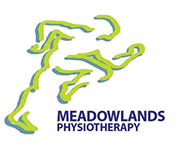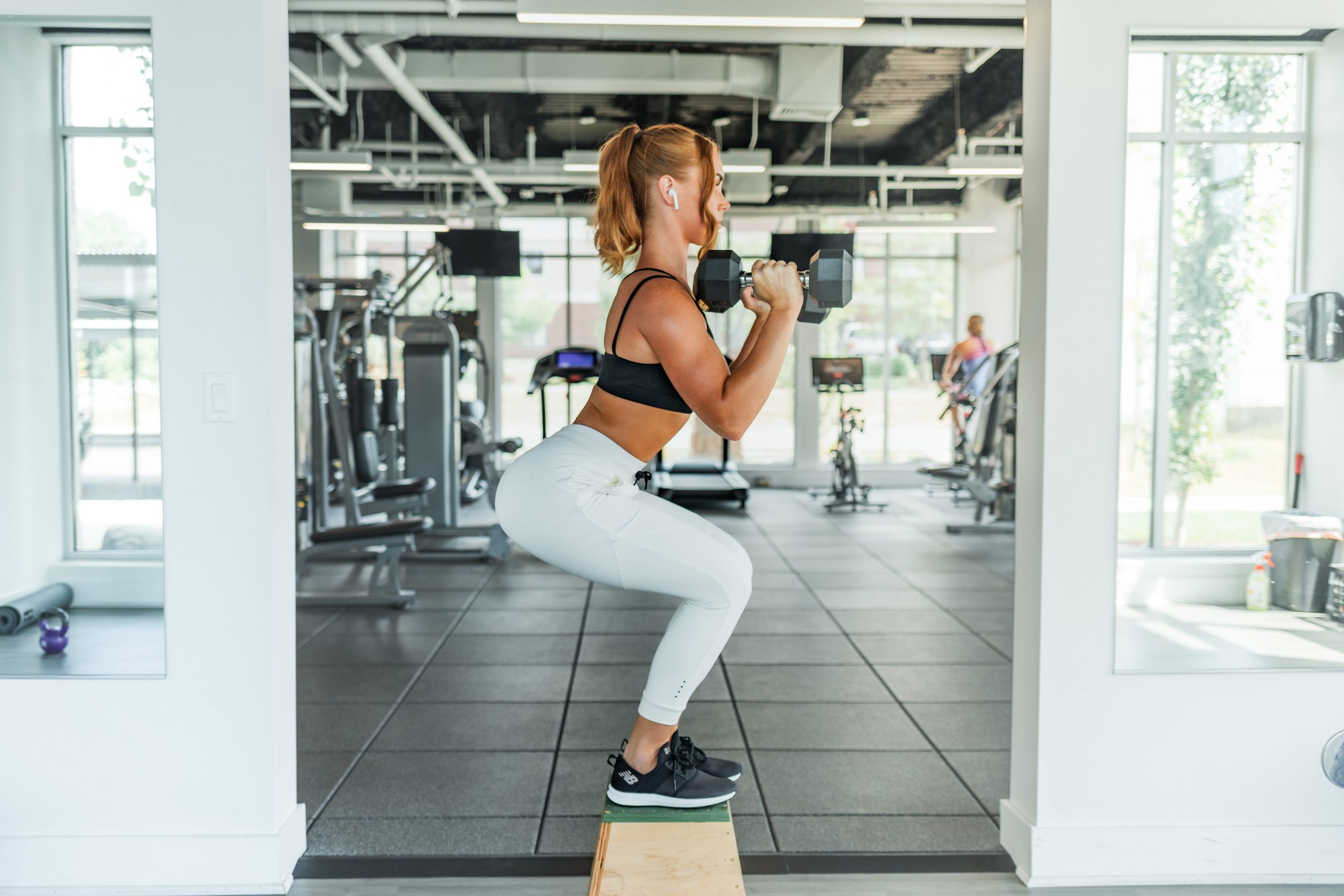Building Healthy Bones: Key Exercises for Osteoporosis
According to Osteoporosis Canada, osteoporosis is identified as having low bone mass and deterioration of bone tissue which can result in fractures, most commonly to the spine, hip, shoulder and wrist. It’s known as the “silent thief” because it can go undiagnosed for many years as it slowly weakens bones, and will impact at least one in three women and one in five men throughout their lifetime.
While osteoporosis is not generally life threatening, depending on age it can have a more drastic effect on mobility, cause disfigurement, and disrupt everyday activities. Treatment options will vary based on the severity, however with guidance from a doctor, physiotherapy exercises can help to prevent further falls and injury, or build healthy bones to prevent osteoporosis altogether.
Regular exercise is beneficial for overall health, including walking and swimming, but these types of exercise won’t build the right amount of muscle strength and tissue that bones need to get stronger. If you want to strengthen your bones and decrease the risk of falls, the following exercises will be the most beneficial.
Five Key Exercises for Preventing and Managing Osteoporosis
Each of these exercises focuses on the areas osteoporosis generally impacts the most. You may like to use a chair or other piece of sturdy furniture for assistance with your balance.
Hip lifts
This exercise is great for building muscle around the hips to stabilize the joints and improve balance.
- With your feet in line with your hips and shoulders, lean the bulk of your weight to the left side
- Flexing your right foot and keeping your right leg straight, lift slowly to one side (no more than half a foot)
- Slowly lower back to the ground
- Repeat up to twelve times, then switch sides
If you prefer to build up to this exercise, you can also do a lighter version by standing on one leg and alternating sides. This also helps to improve balance and coordination.
Another alternative to this exercise is foot stomps, where you simply stomp your foot on the ground as if you were crushing a walnut with your heel. Repeat several times with each foot.
Squats
Most people think of squats as a difficult exercise but when performed properly they’re very effective at building thigh and gluteus muscles. Paired with a set of light dumbbells, they’re excellent for providing the resistance for bone strength.
- With your feet in line with your hips and shoulders, start by tipping forward slightly at the hips while lowering your buttocks and pushing back as if you were going to sit in a chair
- Keep your back straight and check that your knees do not extend past your toes (it’s easy to jut your knees forward and not bend at the hips, which can put undue stress on the knees)
- Pause when your thighs are parallel with the ground
- Push back up to starting position
- Repeat this set eight to twelve times
Hamstring curls
Part of building strength in the leg is also focusing on the back part of the thigh, the hamstring muscles. Hamstring curls activate the tissue here that also power mobility.
- With your feet in line with your hips and shoulders, start by drawing the right foot back until just your toes are touching the floor
- Slowly raise your right foot toward your buttocks, keeping your foot flexed
- Return to starting position
- Repeat eight to twelve times, then switch legs
Bicep curls
Using a light dumbbell or resistance band, bicep curls strength the muscle at the front of the upper arm as well as the lower arm, around the elbow joint and down into the wrist.
- With one end of the resistance band under your right foot and the other end in your right hand (or a dumbbell in your right hand) bend your elbow and keep it close to the side of your body
- Slowly contract the muscle by bringing your hand up toward your shoulder
- Pause and then slowly release
- Repeat eight to twelve times per arm
Front dumbbell raises
This exercise works to strengthen the front of the shoulder as well as the upper arm.
- Start with both dumbbells in front of your hips with the back of your hands facing outward
- Slowly raise your right arm until it’s parallel with your shoulder (no higher)
- Bring the right arm down gently and then raise the left arm
- Alternate each side up to eight times per arm
You can also do other variations of the front dumbbell raise, such as the lateral shoulder raise (bringing both arms straight out to the side) or the scaption (bringing both arms out diagonally).
With each of these exercises, your physiotherapist can guide you to ensure that you are performing them correctly which will help minimize any chance of injury.
Looking for more ways to safely treat or prevent osteoporosis? Contact us today to get started with one of our trained professionals.

